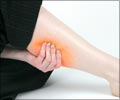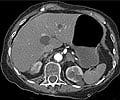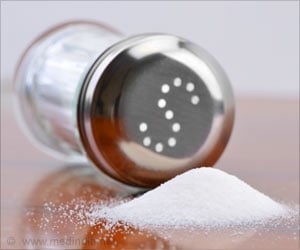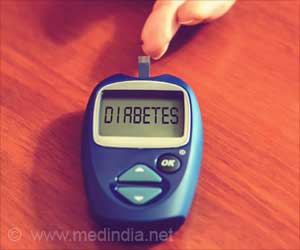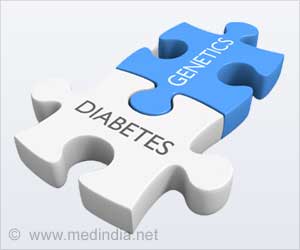According to a comparative study, physically active peripheral artery disease (PAD) patients have showed lesser death rates than PAD patients who are physically inactive.
According to a comparative study, physically active peripheral artery disease (PAD) patients have showed lesser death rates than PAD patients who are physically inactive.
Researchers have also indicated that less physically active PAD patients had an increased risk for heart diseases.‘We found that there is a survival benefit for patients with PAD who are more physically active in their daily routines,’ said Mary M. McDermott, M.D., senior author of the article and associate professor of medicine (general internal medicine) at Northwestern University Feinberg School of Medicine.
Lower extremity PAD – a condition in which fatty deposits build up in the inner linings of artery walls in the legs – affects about 8 million Americans. PAD is associated with an increased risk for heart disease, heart attack and stroke.
Increasing age (55 years and older), smoking and diabetes are risk factors for PAD. Common symptoms are cramping and pain or tiredness in the leg or hip muscles while walking or climbing stairs. The pain usually goes away with rest.
‘Most patients with PAD are inactive to avoid the pain of cramps in their legs,’ McDermott said.
But supervised treadmill walking is good for patients with PAD, who usually don't participate because of associated costs and time required for regular travel to and from a supervised exercise center, McDermott said.
Advertisement
At the beginning of the study, the investigators interviewed participants about their physical activity. Next, a vertical accelerometer measured the vertical movement of 225 participants over seven days. Participants wore the device like a pager, and it measured units of physical activities such as walking or climbing stairs.
Advertisement
After almost five years' follow-up, researchers concluded that participants with the lowest activity had a death rate more than three times higher than participants with the highest activity. They also had an increased risk for cardiovascular disease or death.
Of the 460 participants with PAD, 134 died during the follow-up period. Forty percent of these deaths were due to cardiovascular disease.
Participants who were ill at the beginning of the study were more likely to be both inactive and have a higher risk for death, so researchers repeated the analysis and excluded the participants who died during the first two years of follow-up. They found that physical activity was still associated with lower death rates.
The study provides evidence that physicians should encourage patients with PAD to be more active and walk more.
‘It's observational data, so we still need to conduct a clinical trial,’ McDermott said.
‘Anything patients with PAD can do in their daily life to be more active may help them live longer. Simple tips to add more physical activity to a daily routine are parking farther away at the grocery store or taking the stairs,’ McDermott said.
Source: Eurekalert



